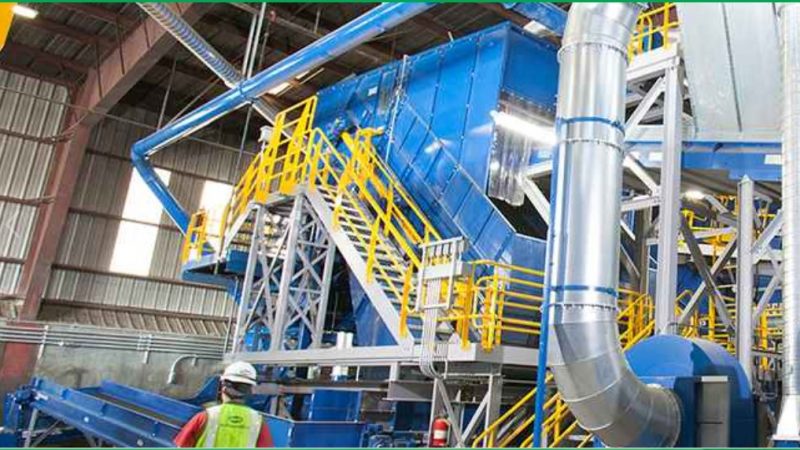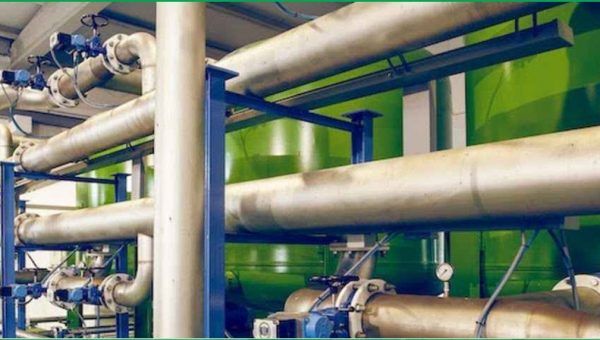This an investigation on the mechanical properties and durability of high strength concrete containing rice husk ash (RHA). Mixtures containing 10% RHA by weight of cement and w/cm of 0.27 were cast. RHA was introduced as an admixture or as cement replacement material. A super plasticizing admixture was used to provide flowing characteristics. Results on the workability, mechanical properties and initial surface absorption (ISA) test are made . The specimens were subjected to water and air-drying conditions and tests on the specimens were carried out up to 180 days. By applying a super plasticizer based on poly carboxylic ether, workability of RHA concrete in the range of 200—250 mm slump can be attained. This type of concrete can achieve high strength of 80 N/mm2 at 28 days, irrespective of method of inclusion of rice husk ash or curing conditions. Compared to condensed silica fume (CSF) concrete at similar w/cm and workability, the strength of RHA concrete is about 6% lower. In general, the mechanical properties of RHA concrete are higher than the control super-plasticized concrete but marginally lower than the CSF concrete. Durability of RHA concrete with regards to ISA is similar or better than CSF concrete.
Rice husk is an agricultural waste and its conversion to value added products makes it a secondary resource material. On heating, rice husk gives ash with >90% by weight of silica with some carbon and other nonmetallic and metallic impurities. Silica of high purity, chemical reactivity and white color can be produced from rice husk by controlling the heating conditions and this material finds wide industrial applications. Properties of the ash depend upon various pre treatments and calcination conditions.The raw husk and its acid treated form were calcined at different conditions such as temperatures, soaking periods and heating rates. Lime reactivity, surface area, brightness and color values of the ash samples were measured. The high potassium content in the husk has been found to inhibit the carbon removal during ashing which affected the color as well as reactivity of the ash. Properties of the ash samples from the untreated and acid treated husk have been compared and correlated with the formation conditions.
Nowadays, ceramic tile are manufactured at zero emissions permitting to recycle all by-products and part of residues derived from depuration treatments (exhausted lime, glazing sludge and polishing sludge). In addition to this environmentally friendly tendency, in the last years an increasing number of scientific studies demonstrated the feasibility to use alternative raw materials in substitution of different component of the ternary clay-feldspar-quartz system. In the first part of the paper is reported the state of the art of industrial waste recycling in the ceramic sector, with the focus on review studies related to both ceramic tiles and bricks.
source : https://www.sciencedirect.com/






